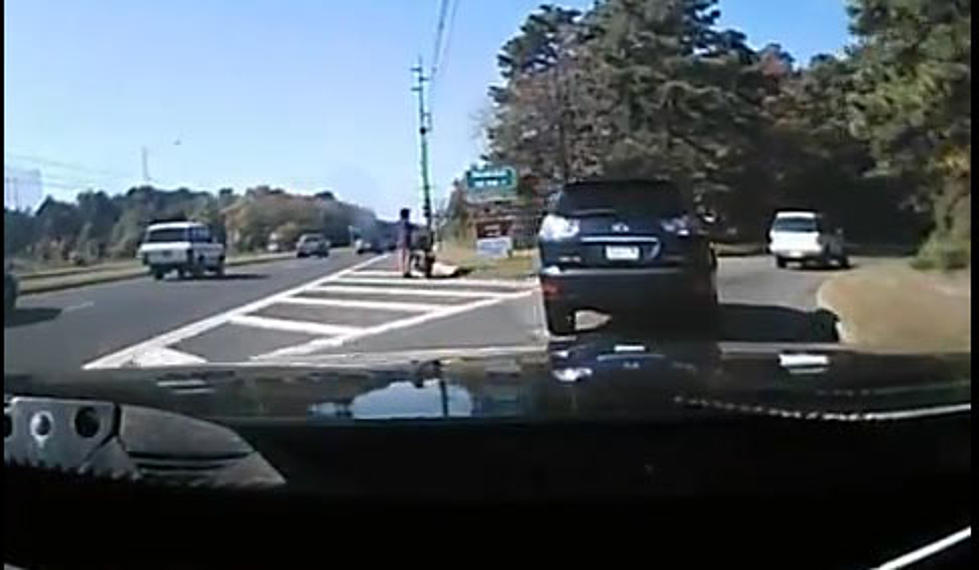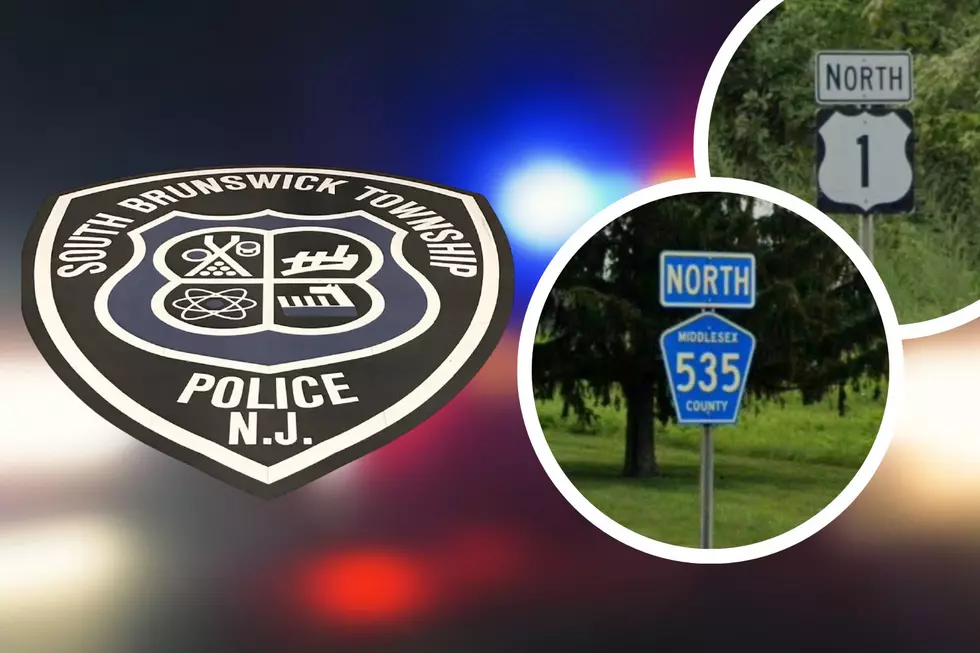
Do jughandles drive you crazy?
Unlike most states, New Jersey features jughandles along many of its roadways, requiring drivers to veer right into large loops in order to make left turns.
Some Garden State drivers think jughandles promote safety and decrease congestion, but many others find them irritating and a complete waste of time.
"The main idea behind the design of a jughandle is to eliminate traffic that is backing up in the left lane that might be waiting to turn," said Steve Schapiro, spokesman for the New Jersey Department of Transportation.
Schapiro said the jughandle "also helps prevent conflicts of traffic turning from other lanes from the opposite direction, so first it helps alleviate traffic congestion, and it also helps alleviate accidents."
In addition, he said these provide safer pedestrian access, "because when you don't have a left turn lane, typically you have a shorter crosswalk distance."
But jughandles can cause problems.
New Jersey is one of only a handful of states that uses them, and some drivers from other states don't know what they are, but Schapiro said that shouldn't be a problem.
"To address that," he said, "we have white signs that are very clearly placed identifying all turns from the right lane."
He also said in 2013, the Federal Highway Administration did a study and determined "jughandles had 26 percent fewer crashes resulting in fatalities or injuries per million vehicles compared with conventional intersections. That's one reason why we use them."
Schapiro added that in certain areas, jughandles have sometimes gotten overloaded with traffic, backing up main roadways, so in those instances the DOT has replaced them with conventional turning intersections or overpass ramps.
More From New Jersey 101.5 FM
![NJ Lawmaker Aims To Ban Future Jughandles [POLL/AUDIO]](http://townsquare.media/site/385/files/2013/02/jughandle.jpg?w=980&q=75)








